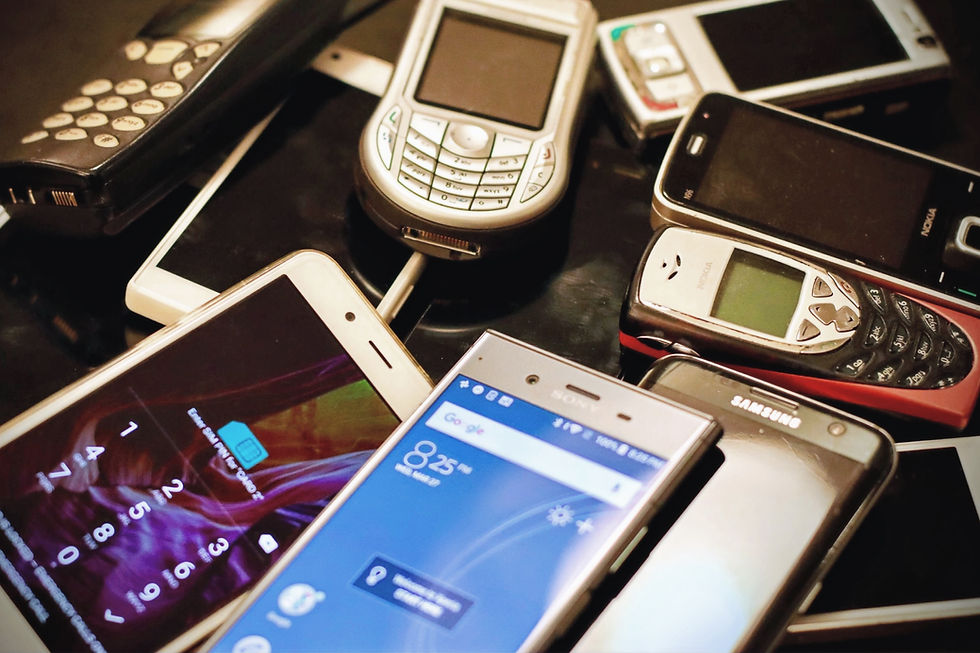New EU Recommendation on E-Waste Collection and Management
- Marie Mullen
- Nov 27, 2023
- 2 min read

On October 6, 2023, the European Commission released new recommendations for improving the rate of return of used and waste mobile phones, tablets, and laptops. Electronic waste (e-waste) is one of the fastest-growing waste streams within the European Union, growing by 2% per year. If this waste is not properly treated, it poses a great threat to human and environmental health. This is because many electronics contain toxic substances. Improperly disposing of e-waste by dismantling, shredding, or melting materials releases particle sand toxins into the atmosphere, causing air pollution and damage to respiratory health. If the waste is disposed of in a landfill or dumped illegally, it has the potential to leach heavy metals and flame retardants into the soil and contaminate groundwater. These toxic substances that harm the environment, are also a threat to human health. Because of this, proper disposal and recycling of e-waste is necessary.
The collection and recycling of small electronics takes a lot of work. To overcome this challenge, it is necessary to understand what consumers do with electronics when they are no longer used. European Commissioner for Environment, Oceans and Fisheries, Virginijus Sinkevičius, said: “There are more than 700 million old phones lying around in our drawers, almost two for every European citizen.” The current collection rate of mobile phones in Member States is reported to be under 5%, and of that 5% it is estimated that only between 12% and 15% are recycled. Improving this rate can not only have human and environmental health benefits, but also economic benefits.
For these reasons, the European Commission released a recommendation stating, “Member States should support the setting-up of financial incentives for the return of small consumer electronics, namely mobile phones, tablets, and laptops, through either dedicated funding to operators of take-back schemes or requirements on operators of take-back schemes.” These financial incentives could be discounts, vouchers, or monetary rewards for whom you recycle your product. A system like this would benefit companies economically because small electronics contain materials like gold, copper, and nickel which are critical raw materials that hold value when recycled. In addition to financial incentives, the new recommendations encourage the establishment of take-back systems that include postal and shipping services for consumers to use when returning a device, therefore making the process easier.
These recommendations further the transition to a circular economy. In the next steps, Member States are invited to consider implementing the recommendations by taking relevant actions to support these transitions, such as creating separate e-waste collections and enforcing take-back programs.




